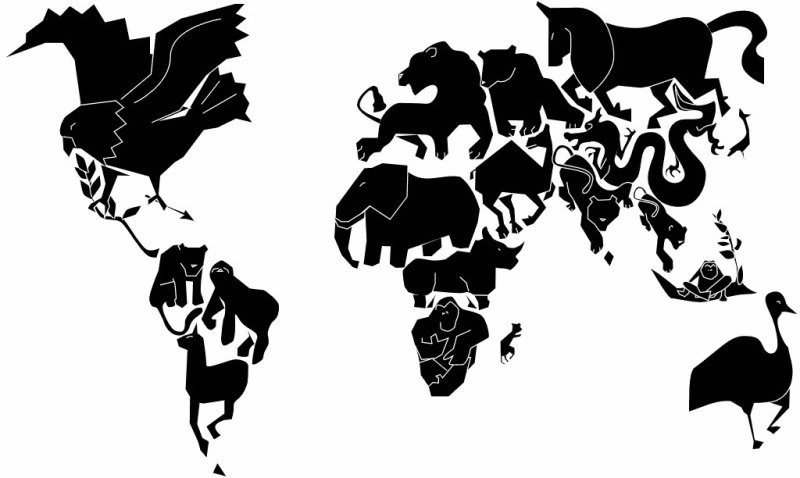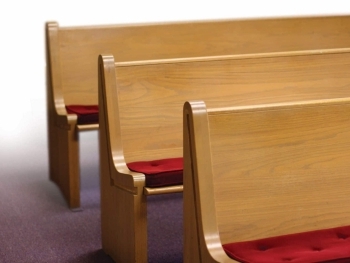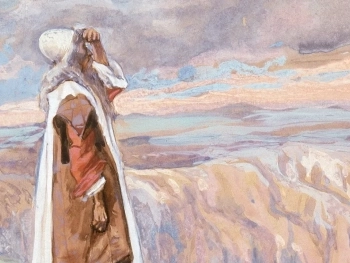Maps, the faithful guides through the world's landscapes and the chronicles of human history, have long been celebrated for their accuracy and informative nature. Yet, amidst the vast array of meticulously crafted maps, there exists a realm of cartographic curiosities – maps that deviate from the conventional, venturing into the realm of the strange, the unusual, and the downright bizarre.
The Fool's Cap Map: A Spectacle of Whimsy
Emerging from the 1580s, the Fool's Cap Map is a testament to the creative liberties sometimes taken by cartographers. This peculiar map depicts the world as if it were draped over the head of a jester, complete with a jaunty cap and a pair of bells. The reasons behind this eccentric design remain a mystery, perhaps a humorous commentary on the absurdity of human endeavors or a reflection of the mapmaker's whimsical imagination.
The Map of the Square and Stationary Earth: A Flat Earth Fanatic's Dream
In 1893, Professor Orlando Ferguson, a staunch advocate of the flat Earth theory, defied scientific consensus by publishing the Map of the Square and Stationary Earth. This map depicts the Earth as a flat disc surrounded by a frozen ice wall, with the Arctic cap at its center and the continents arranged in a geometrically symmetrical pattern. Ferguson's map, though scientifically inaccurate, served as a testament to the enduring power of alternative perspectives and the persistence of unconventional ideas.
The Vinland Map: A Viking Voyage Across the Atlantic
The Vinland Map, a purported 15th-century depiction of the North Atlantic, has sparked heated debates among historians. This map, discovered in the Yale University Library in 1965, allegedly shows the coastlines of Greenland, Iceland, Newfoundland, and a mysterious land labeled "Vinland," believed to be the first European depiction of North America. While the authenticity of the map remains contested, it has captivated scholars and the public alike, offering a tantalizing glimpse into the possible voyages of Viking explorers.
The Ebstorf Map: A Medieval Universe on Parchment
The Ebstorf Map, created around 1235, is a remarkable example of medieval cartography. This intricate map, housed in the Herzog August Bibliothek in Wolfenbüttel, Germany, depicts the known world as a circular disk surrounded by the ocean, with Jerusalem at its center. The map is adorned with biblical imagery, symbols of the four Evangelists, and a host of fantastical creatures, reflecting the cosmological beliefs of the time.
The Leszczynski Map: A Polish Monarch's Vision of the World
The Leszczynski Map, produced in 1689 for the exiled Polish King Stanisław Leszczyński, is a cartographic masterpiece infused with political symbolism. This map, adorned with elaborate engravings and vibrant colors, depicts the world in a manner that reflects Poland's historical prominence and its aspirations for territorial expansion. The map's exaggerated scale and strategic placement of Poland's coat of arms serve as a visual declaration of the king's ambitions.
These cartographic curiosities, though unconventional and sometimes challenging to interpret, offer a glimpse into the minds of their creators and the prevailing ideas of their times. They serve as reminders that maps are not merely tools for navigation but also reflections of human imagination, cultural beliefs, and the ever-evolving understanding of our world.




